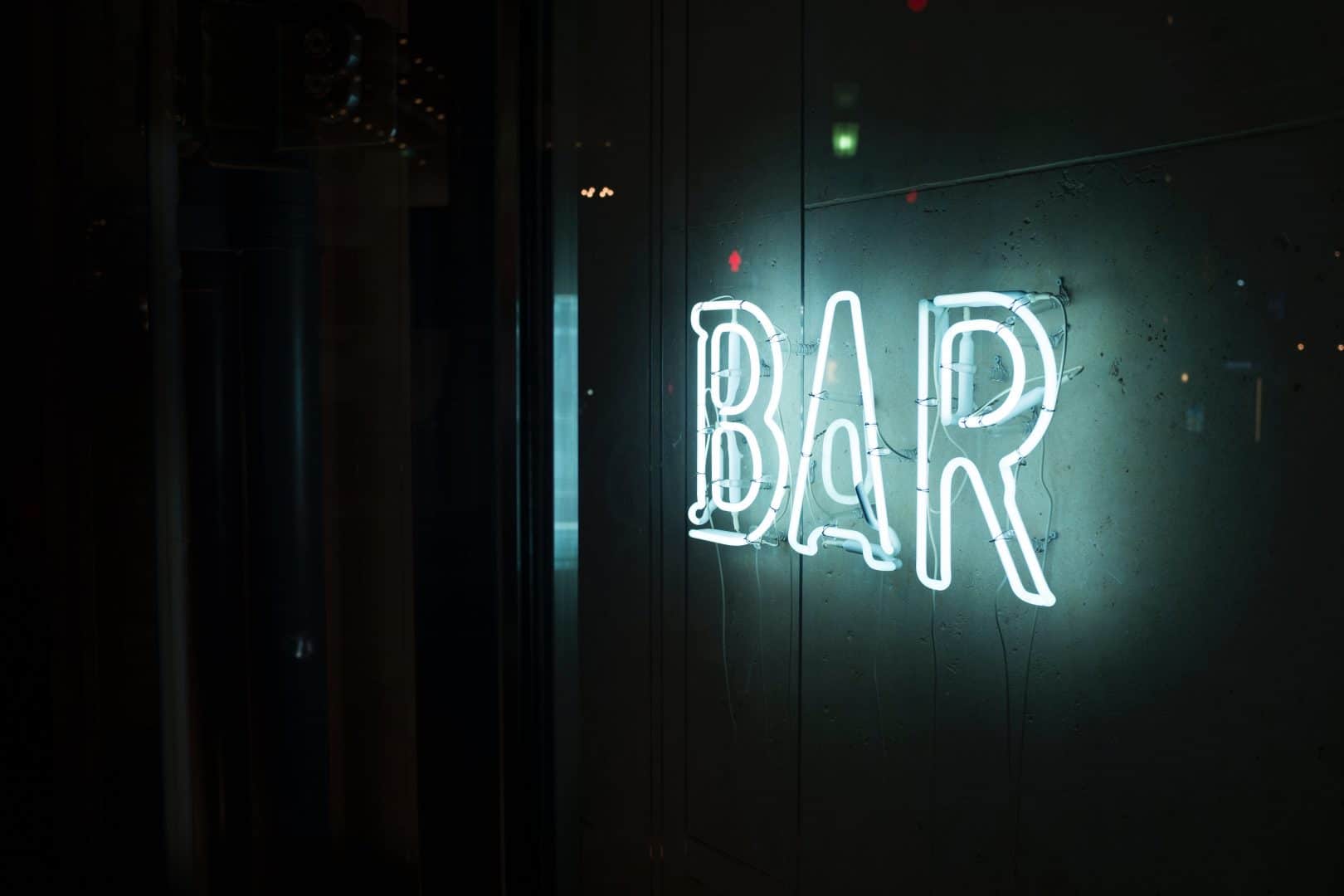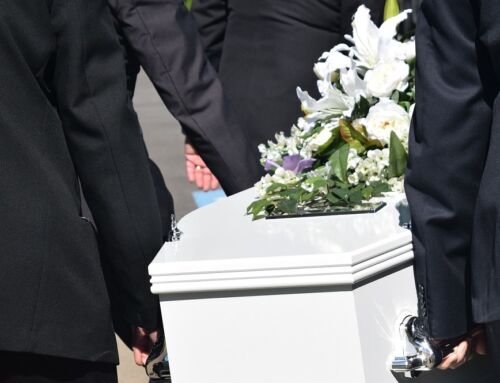What happens if someone is at a bar, and, while no fight occurs inside the bar, when people leave, a fight breaks out between a patron of the bar and a third party? This question was addressed by the Indiana Supreme Court recently and has a lot to do with the foreseeability of the actions occurring.
The Case: Cavanaugh’s Sports Bar v. Porterfield
In this case, Porterfield was a customer at Cavanaugh’s Sports Bar, and was there with friends until closing time at around 3 in the morning. While he was there, there were no fights, and neither he nor his friends caused any disturbances at the bar. The bar was in an area that had been described as a “high crime” area, and the police had been called on 5 prior occasions within 30 minutes of closing time to break up altercations that happened outside the bar.
On this occasion, Porterfield was involved in a fight with people outside the bar who had not been customers of the bar, and as a result of the injuries suffered, he was left blind. Porterfield sued the bar for his injuries and claimed that the bar should have known that a fight would have occurred based on the previous calls to police.
The Indiana Supreme Court stated that the proper question was whether a fight or criminal attack was foreseeable. The Court further stated that the issue is whether or not the business in question knew or had reason to know that there would be circumstances that a reasonable person could recognize would bring them harm. Landowners have a duty to protect patrons only when they have such knowledge. The Court further held that foreseeability should be considered when a business may have contributed to the injury, but when the injury is caused by a third party, foreseeability should not be considered to determine if there was a duty to protect a patron.
The Law in Action
The Court’s ruling does have real-life implications. This is because it allows businesses to say that they had no knowledge of any third-party activity, even if there is a track record of criminal activity directly near the business. In this case, there had been 5 prior instances where police were called outside the bar. However, because the business did not directly contribute to the injury, they could not be held liable even though there were prior instances of criminal assault outside of the bar.
That is the primary takeaway from this case. If the business does not contribute to the injury that occurred, then whether or not the injury from a third-party was foreseeable by the business cannot be a factor in determining whether or not the business had a duty to inform patrons of the danger posed by the third-party.
A business may have a duty to inform patrons of the duty if the danger posed by the third party is recurring to the point of being pervasive, but if the danger is similar to the one discussed in the case above, then the danger might not be considered significantly foreseeable, and there is no duty to inform patrons of any danger.
Have You Been Injured on the Premises of Business?
Contact a personal injury attorney at the law firm of Hurst Limontes LLC. We have years of experience working with clients who have been injured on the premises of a business, whether through the actions of the business or a third party. Visit our website or call today for a free consultation!





